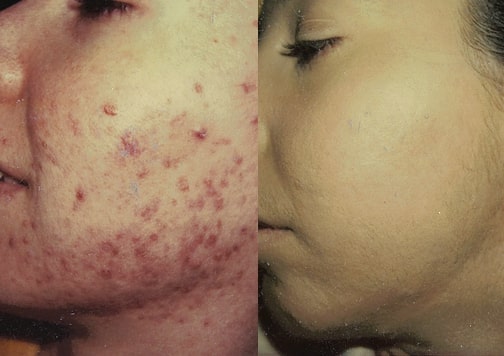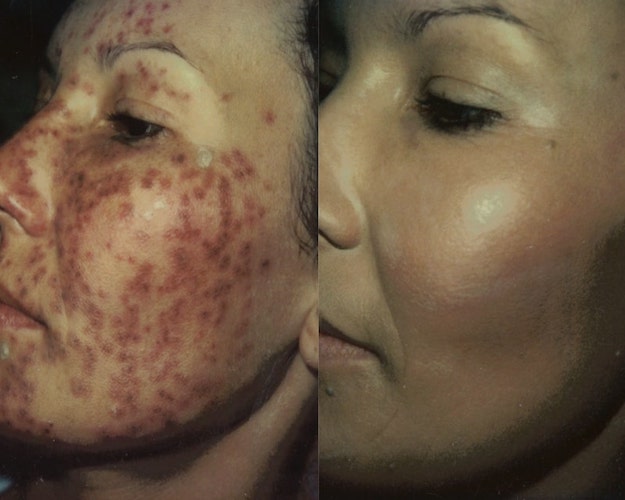ELAINE BRENNAN SKIN RENEWAL PEELING SYSTEM
Skin Renewal Peel for Dark Complexions
How do peels help with dark complexions?
Peels for dark complexions work to reveal new skin and balance the presence of black to red pigmentation.
There are estimated to be over 35 different shades of colored skins. The reason for such shade variability is the tendency of colored skins towards patches of hypo/hyperpigmentation caused by a variety of physical and chemical factors.
The color of skin depends mainly on melanin which is a dark brownish pigment, produced by cells called melanocytes. These cells are present in the skin’s cell producing layer deep in the epidermis.
There are two types of melanin, black and red. All people have about the same number of melanocytes in their skin, but the melanocytes in dark skins are genetically programmed to produce more melanin, they are twice as big and are individually dispersed throughout the skin layers. The difference in skin color is the balance of black to red pigment.
Contrary to belief, dark skins are as sensitive if not more so than light skins and very special precautions and care should be taken when peeling darker skins. Dark skins are not thicker, oilier or tougher than light skins. They have a tendency to dryness due to the physical characteristics that restrict the skin’s ability to retain water. Research in the United States has shown that darker skins contain more densely compacted layers than lighter skins.
In dark skins, the density of the outer layer effects lipids (skin oils), resulting in a higher flow and loss of water so colored skins suffer from dryness (ashy skin) and superficial dehydration more than Caucasians. Dark skins also contain the lowest amount of ceramides
Daily use of a non- comedogenic cream is recommended to help reduce water loss and tolerance of products designed for “normal skin”, may not be suitable due to their tendency to sensitivity.
African skins must be treated as gently as possible and ultraviolet light should be avoided at all costs during and post peeling. Melanin production is stimulated by ultraviolet exposure and is rapidly converted to its darkest color.
The total sun protection during and post peeling, cannot be stressed enough prior to embarking upon peeling. Once the skin peels off, the darker skins may get post-inflammatory pigmentation. It is the normal result and reaction of the dark skin’s response to trauma, whether the skin is traumatized intentionally or unintentionally. There is an inflammatory response during peeling.
Melanin is part of the skin barrier defense system and protects it against trauma. The surface is thinned and the formation of temporary pigmentation is nature’s way of protecting the skin, hence the formation of temporary post-inflammatory pigmentation.
This hyperpigmentation will fade and rectify over a period of time with the healthy growing cells rising up to the surface and the skin being desquamated, leaving behind a smooth, glowing and healthy complexion.
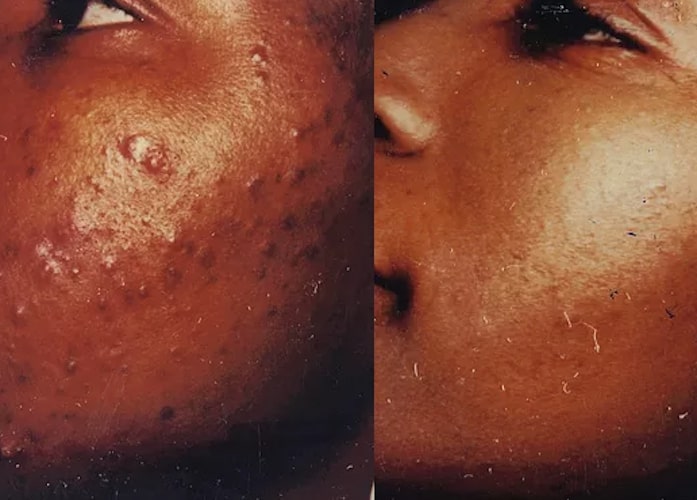
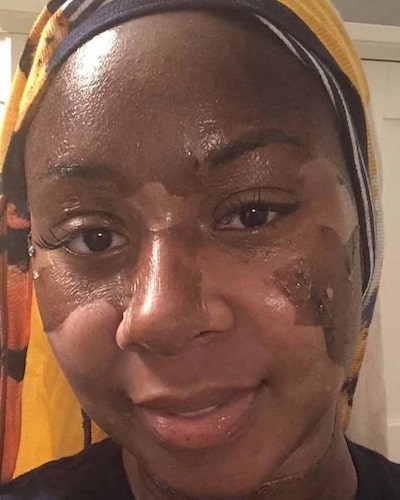
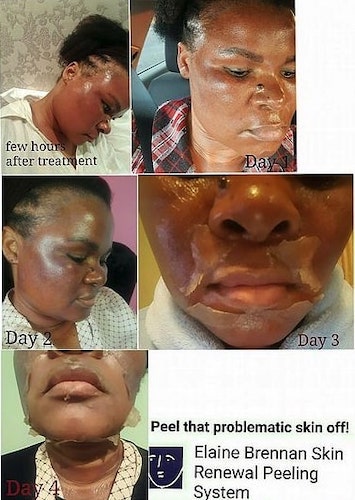
For More Information Click a Button Below


